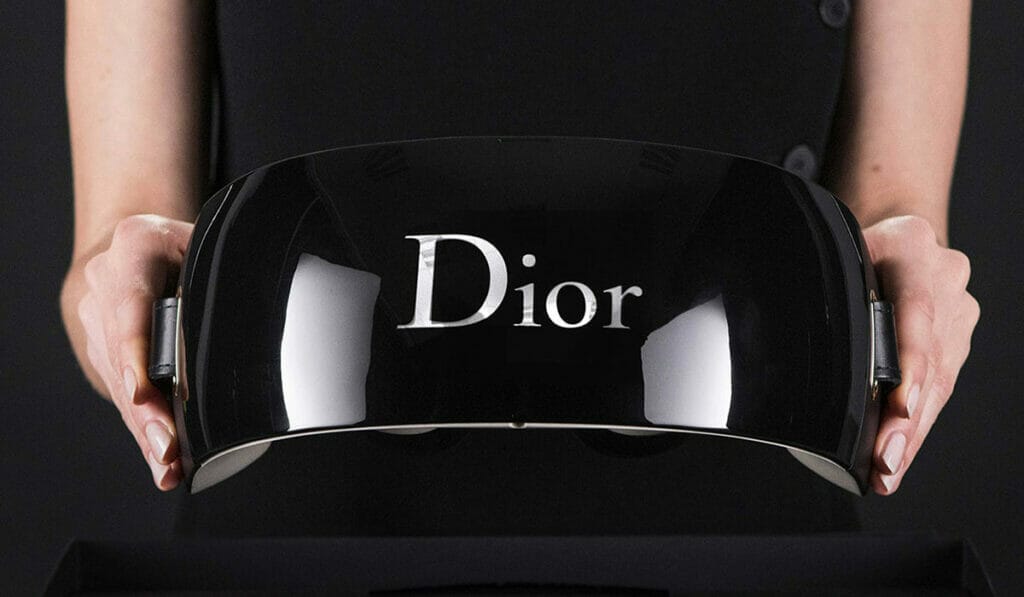Virtual reality (VR) has grown exponentially in these last few years, that is, if you believe data that’s available from Google Statistics.
Perhaps that’s why technology related to VR is becoming more accessible to the mainstream, and consequently, to brands too. And for them, there is an entire new world of redefining creativity through virtual reality. Yes, VR is poised to shape the future of storytelling, especially so for the luxury consumers that many of us are.
Some major brands have already begun engaging audiences in this way, even before the coronavirus pandemic forced the world to stay home and experience things from a more virtual standpoint. For example, Dior has created Dior Eyes, with its own VR headset that offers realistic encounters with the brand’s fashion atmosphere. And this is exactly what most designers and fashion stores are willing to do as a way to embrace this technology, and also as an effective way to side-step the present reality.
VR has the potential to improve retail sales but the question is, “How?â€
Early adopters like Christian Dior (which launched its Dior Eyes virtual reality headset and ecosystem in 2015) and North Face (the North Face VR universe creates content around athletes going on expeditions testing out its products – also launched in 2015) might benefit simply by being the first to offer a virtual experience to its customers.

Thus, to attract and delight high-end clientele, brands must focus on the details – elegant design, unique shopping environment, superior customer service and attentive staff that cater to the individual’s needs. Virtual reality can play into the high-end customer’s tastes by showcasing how a particular product might look within a specific environment. For instance, a premium customer looking to remodel his home would benefit from VR to see how the imported Italian marble he’s considering might look in his home’s foyer or grand staircase. Or, perhaps the customer would prefer to see and feel a custom gown on the red carpet before agreeing to purchase it.
While some brands may use VR to lure shoppers into physical stores, luxury brands can benefit by offering their affluent clientele a unique way to test new products, see how they’re made (i.e. handmade in Milan), or engage in a memorable high-end experience like a fashion show.
But perhaps one major wrench in the possibility of using augmented reality (AR) and VR for luxury retail is the availability of headsets. And yes, while the whole stay home situation now may boost headset sales significantly, production hasn’t necessarily been happening at full capacity for the last month or so.
This means that even if there is a sharp uptick in VR headset purchases over the next few months, there might end up being shortages due to a lack of supply from China’s factories being shut down or running at a significantly lower capacity. It would be a good problem for the virtual reality industry if VR and AR headsets are completely sold out, but it might also prevent it from being the solution that it needs to be during this crisis and future crises.
Also, there is a chance that these solutions have not necessarily been built to scale to hundreds or thousands of users, which is an entirely different problem. That said, there could be a possibility that apps like Spatial and Vive Sync could be modified to scale to much larger audiences. Perhaps, even Facebook could modify some of its live event platforms to be used for AR and VR shopping needs. The idea was brought up by many when Facebook cancelled its own F8 conference, scheduled last month, due to the coronavirus threat as well.
The reality is that while the perfect solution may not exist at this very moment, many are very close to creating plausible and effective solutions right now. So, in spite of everyone’s lack of mobility in this present time, some virtual excitement could still be in store in the very near future instead!




